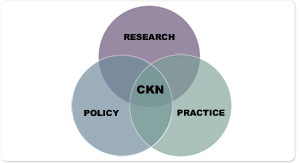Carnegie Knowledge Network Concluding Recommendations

CONCLUDING RECOMMENDATIONS
by
Dan Goldhaber
Douglas N. Harris
Susanna Loeb
Daniel F. McCaffrey
Stephen W. Raudenbush
A synthesis of the key takeaways from the Carnegie Knowledge Network and recommendations from the Carnegie Panelists.












Recent Comments
Mark Atkinson on How Might We Use Multiple Measures for Teacher Accountability?
Doug -- Your analysis is spot on. The averaging of these multiple measures feels a bit like averaging one's pulse,...Kelly Burling on How Might We Use Multiple Measures for Teacher Accountability?
I applaud this piece, it does a really nice job of presenting data and discussing implications from the measurement, policy,...Jay Blain on What Do We Know About Using Value-Added to Compare Teachers Who Work in Different Schools?
Unfortunately, all of this vigorous analyzing of value-added models becomes moot if the underlying data is faulty. If the...Tim Slekar on What Do We Know About Using Value-Added to Compare Teachers Who Work in Different Schools?
What if test score gains are not really indicators of "value?" In other words what if we didn't care...Philip Hallinger on What Do We Know About the Use of Value-Added Measures for Principal Evaluation?
This is a thoughtful, balanced and useful analysis of a tricky subject. It's very well done, up to the last...